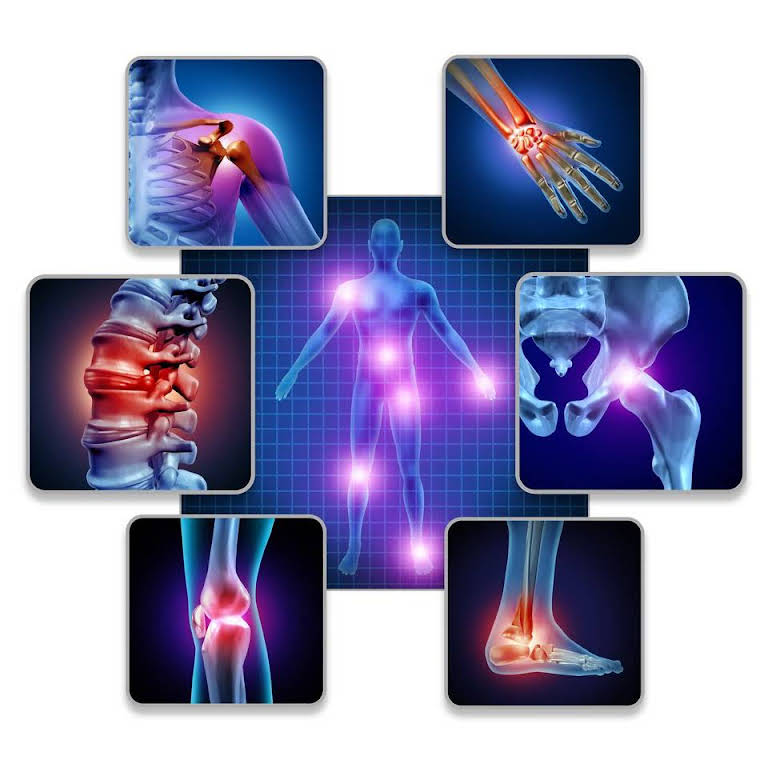Uncategorized
Understanding the mechanisms of pain: implications for pain management

Pain is a complex and subjective experience that affects millions of people worldwide. Pain can be acute or chronic, and it can have a profound impact on a person’s quality of life. Understanding the mechanisms of pain is critical for developing effective pain management strategies. In this article, we will explore the mechanisms of pain and their implications for pain management.
Types of pain
Pain can be classified into two broad categories: nociceptive pain and neuropathic pain. Nociceptive pain results from the activation of pain receptors (nociceptors) in response to tissue damage or inflammation. Neuropathic pain, on the other hand, results from damage or dysfunction in the nervous system itself.
Mechanisms of pain
The experience of pain involves a complex interplay between the peripheral nervous system (PNS) and the central nervous system (CNS). The PNS consists of the nerves that extend from the spinal cord to the rest of the body, while the CNS consists of the brain and spinal cord.
Peripheral mechanisms of pain
When tissue damage or inflammation occurs, nociceptors in the affected area are activated. These nociceptors transmit signals along sensory nerve fibers to the spinal cord. Once in the spinal cord, these signals are transmitted to the brain via a complex network of neurons. Along the way, the signals are modified by various mechanisms, including modulation by other neurons and the release of neurotransmitters.
Central mechanisms of pain
Once the pain signals reach the brain, they are interpreted as pain. The brain then sends signals back down the spinal cord to modulate the pain signals, which can either enhance or suppress the pain. This feedback loop can lead to the perception of pain even in the absence of ongoing tissue damage or inflammation.
Implications for pain management
Understanding the mechanisms of pain is essential for developing effective pain management strategies. Depending on the type and severity of the pain, various treatment options may be considered, including:
- Medications: Medications such as nonsteroidal anti-inflammatory drugs (NSAIDs), opioids, and antidepressants can be effective in managing pain.
- Physical therapy: Physical therapy can help alleviate pain by improving mobility, reducing inflammation, and strengthening muscles.
- Nerve blocks: Nerve blocks involve injecting a local anesthetic into the nerves that transmit pain signals, thereby blocking the pain.
- Cognitive-behavioral therapy (CBT): CBT can be effective in managing chronic pain by helping patients change their thoughts and behaviors related to pain.
- Surgery: In some cases, surgery may be necessary to treat the underlying cause of the pain.
Pain is a complex and subjective experience that involves both peripheral and central mechanisms. Understanding the mechanisms of pain is critical for developing effective pain management strategies. Depending on the type and severity of the pain, various treatment options may be considered, including medications, physical therapy, nerve blocks, cognitive-behavioral therapy, and surgery. By working closely with healthcare professionals and adopting a multimodal approach to pain management, individuals can achieve better pain control and improve their quality of life.


